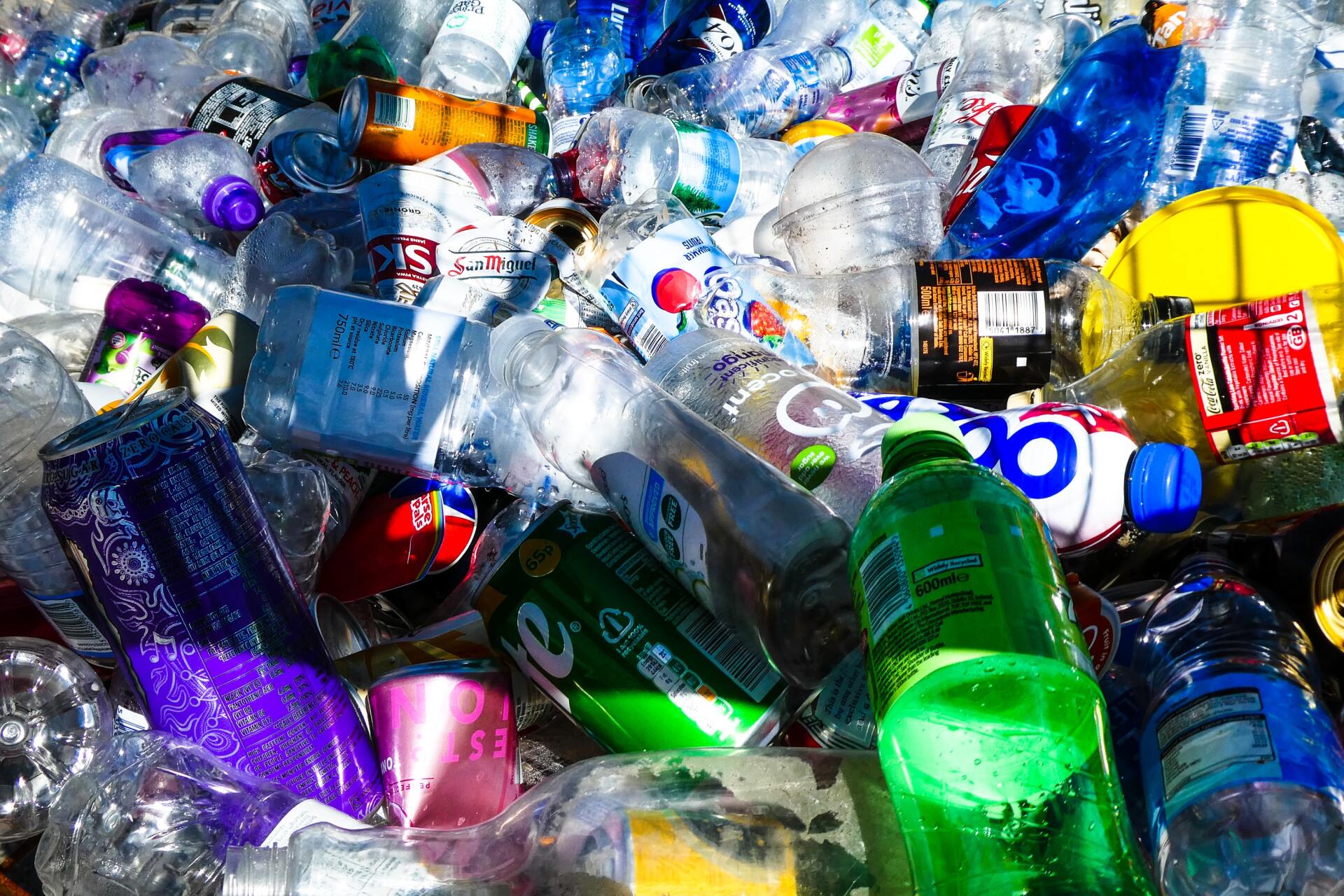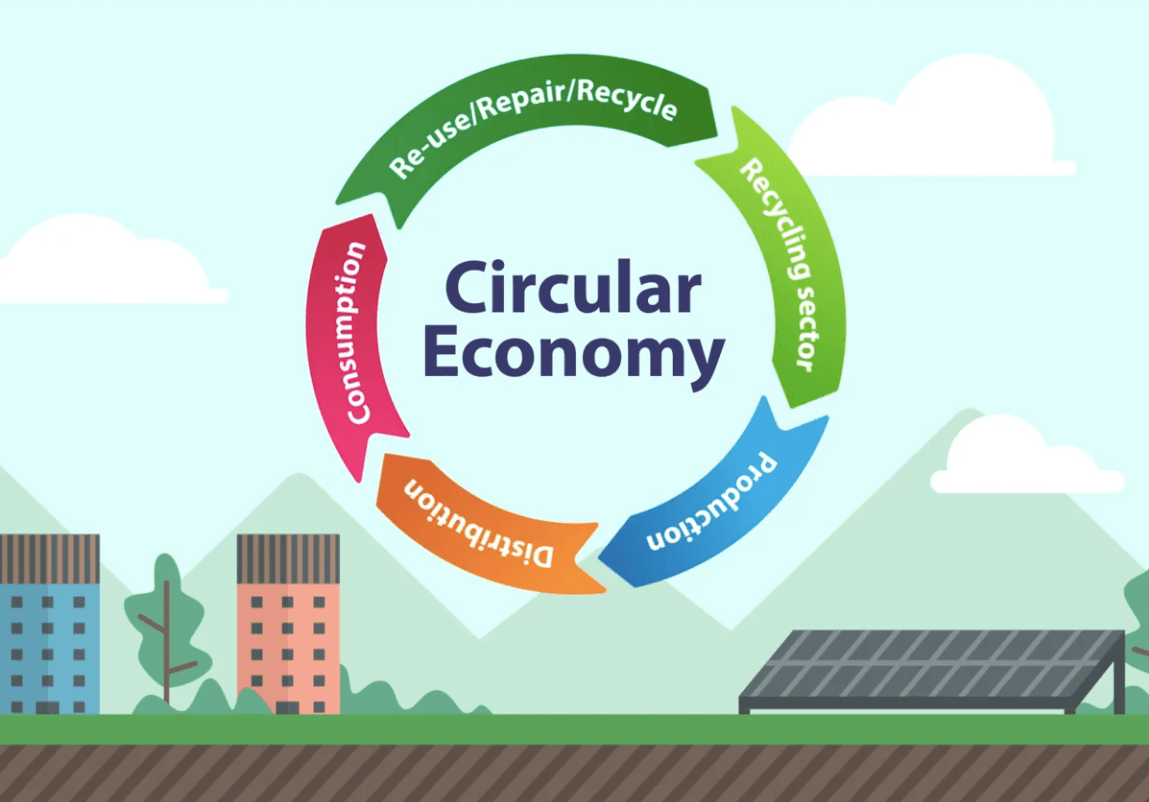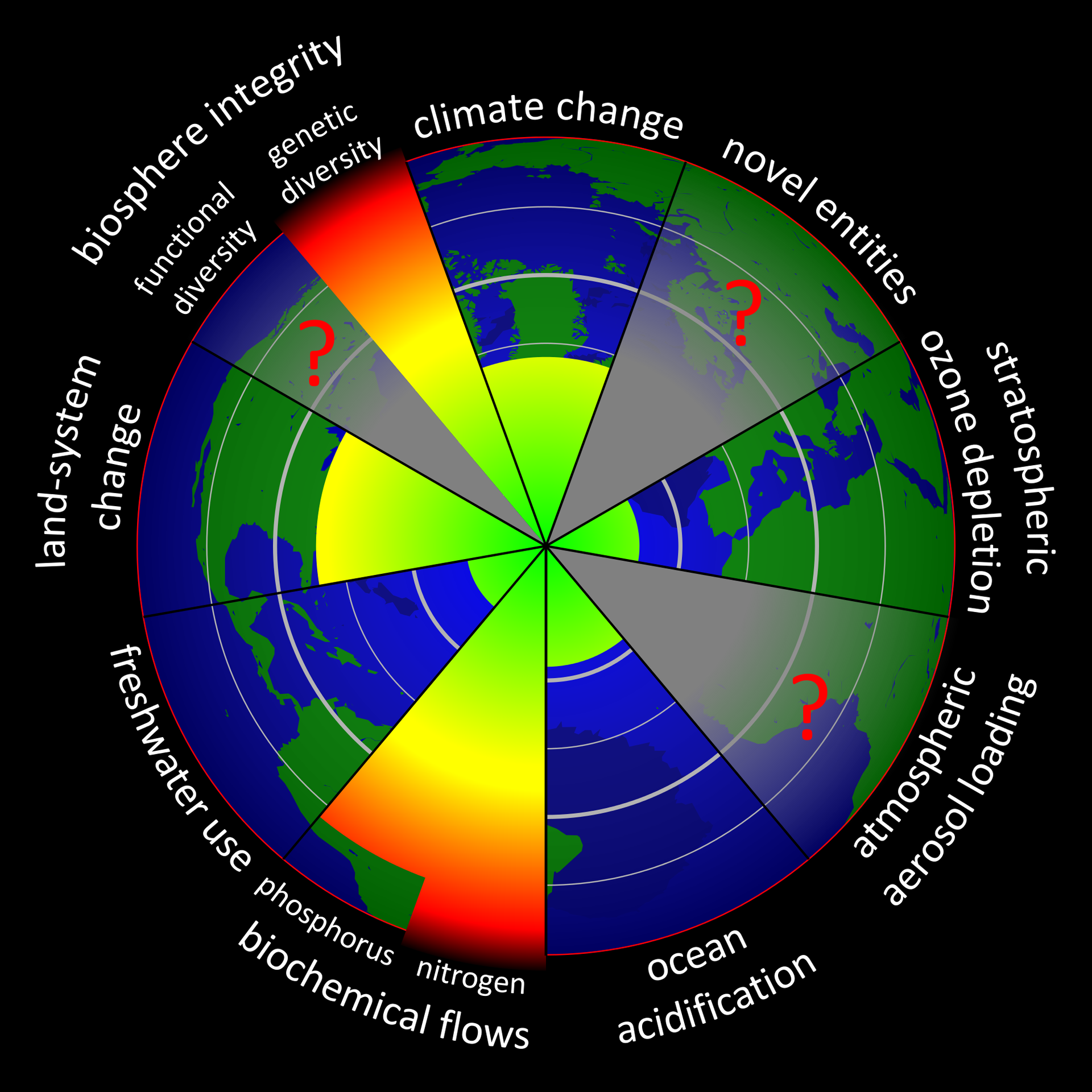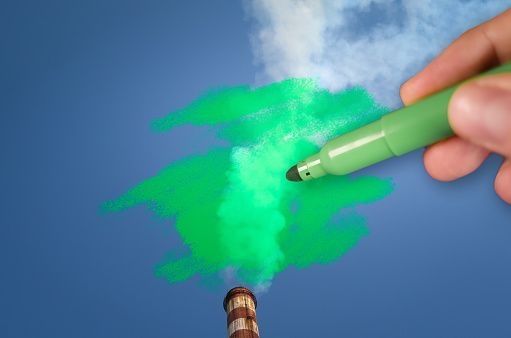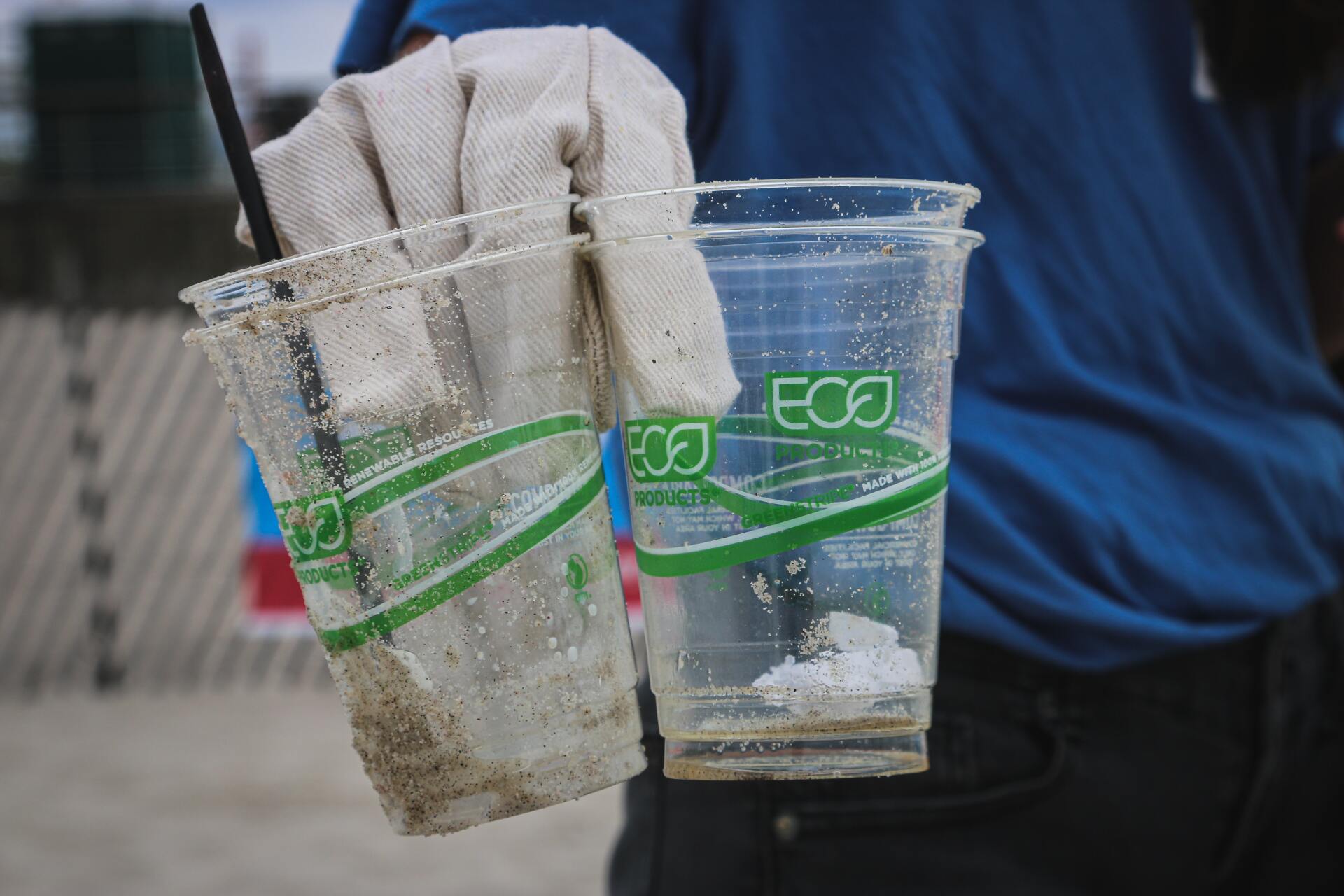Grow Circular! The Future is The Circular Economy
The Circular is the Future, Otherwise We Are Finished
The growth of consumption has led to wealth and prosperity for the devloped parts of the world. This is a statement of fact. Whether the wealth generated from that has been evenly distribued is another story.
The boom in consumption has now led to a problem. That problem is two fold. Dwindling resources and the degradation of the planet.
Sustainability cuts to the chase of these issues. The rise in consumption has been dependent upon the linear economy. Better described as a "Take, Make, Waste" model. This would be absolutely perfect if the planet we live on had infinite resources and also the cpacity to handle infinite amounts of waste as set out below.
Unfortunately, as most of us know, that is not the case. Scarce resources have created social issues such as famine, perstilence and war.
The linear economy is basically unatural. As Mike Kensler said
"WASTE? HUMANS INVENTED IT. NATURE NEVER HEARD OF IT"
Waste generated by the linear economy produces waste in vast quantities and we have not yet created a solution to resolve a problem of our own creation.
Yet, going forward, there is a way to make the use of resources more effeicient. That is through the circular economy. The circular economy itself makes logical sense.
David Chenery from architects OSP points out that a building has a design life of usually 50 to 60 years. Whereas a restaurant within a building has an economic life of on average 3 years. Consequently, a restaurant could change hands between 16 and 20 times before the building reaches the end of its design life. Why then does each restaurant look to fit out differently on each change over? Unless some effort is made to recycle or reuse the internal fit out this process would result in a great deal of waste.
From that paragraph alone it can be seen that continuing on our current trajectory is somewhat futile.
So What is The Circular Economy?
The Ellen MacArthur Foundation defined it as foillows:-
"In a circular economy, economic activity builds and rebuilds overall system health. The concept recognises the importance of the economy needing to work effectively at all scales – for large and small businesses, for organisations and individuals, globally and locally.
It is based on three principles:
Design out waste and pollution
Keep products and materials in use
Regenerate natural systems"
This is a pretty straight forward definition and is visually represented below.
Can it Be Delivered?
The simple answer to that is that in certain places it already is. In the UK, the London Waste and Recycling Board (LWARB) has a circular economy programme which brings together £50m of investment to 2020, as well as setting up targeted demonstration projects, creating a collaboration hub, communicating circular economy benefits and inspiring policy development in the capital.
Holland aims to have a national circular economy in place by 2050.
What's In It For Me?
One of the pioneers of waste reduction, is the creator of the 3P program, Dr. Joseph Ling. The 3P program stands for Pullution Prevention Pays which was adopted by 3M in 1975. As of 2005, the aggregated results from the first year of each of the 5,600 3P projects since 1975 accounts for 2.2 billion pounds of pollutants prevented and $1 billion saved.
n 2013, a report was released entitled Towards the Circular Economy: Economic and Business Rationale for an Accelerated Transition. Using product case studies and economy-wide analysis, the report details the potential for significant benefits across the EU. It argues that a subset of the EU manufacturing sector could realize net materials cost savings worth up to $630 billion annually towards 2025.
Another report by WRAP and the Green Alliance (called "Employment and the circular economy: job creation in a more resource efficient Britain"), done in 2015 has examined different public policy scenarios to 2030. It estimates that, with no policy change, 200,000 new jobs will be created, reducing unemployment by 54,000. A more aggressive policy scenario could create 500,000 new jobs and permanently reduce unemployment by 102,000.
Whilst these reports are on a more macro scale, the overall sense is clear. By applying common sense, an element of innovation and above all a sense of purpose change can be made.
So What is Required & How You Can Get Involved?
There is a comprehensive guide to what is needed provided by the Ellen MacArthur Foundation here



